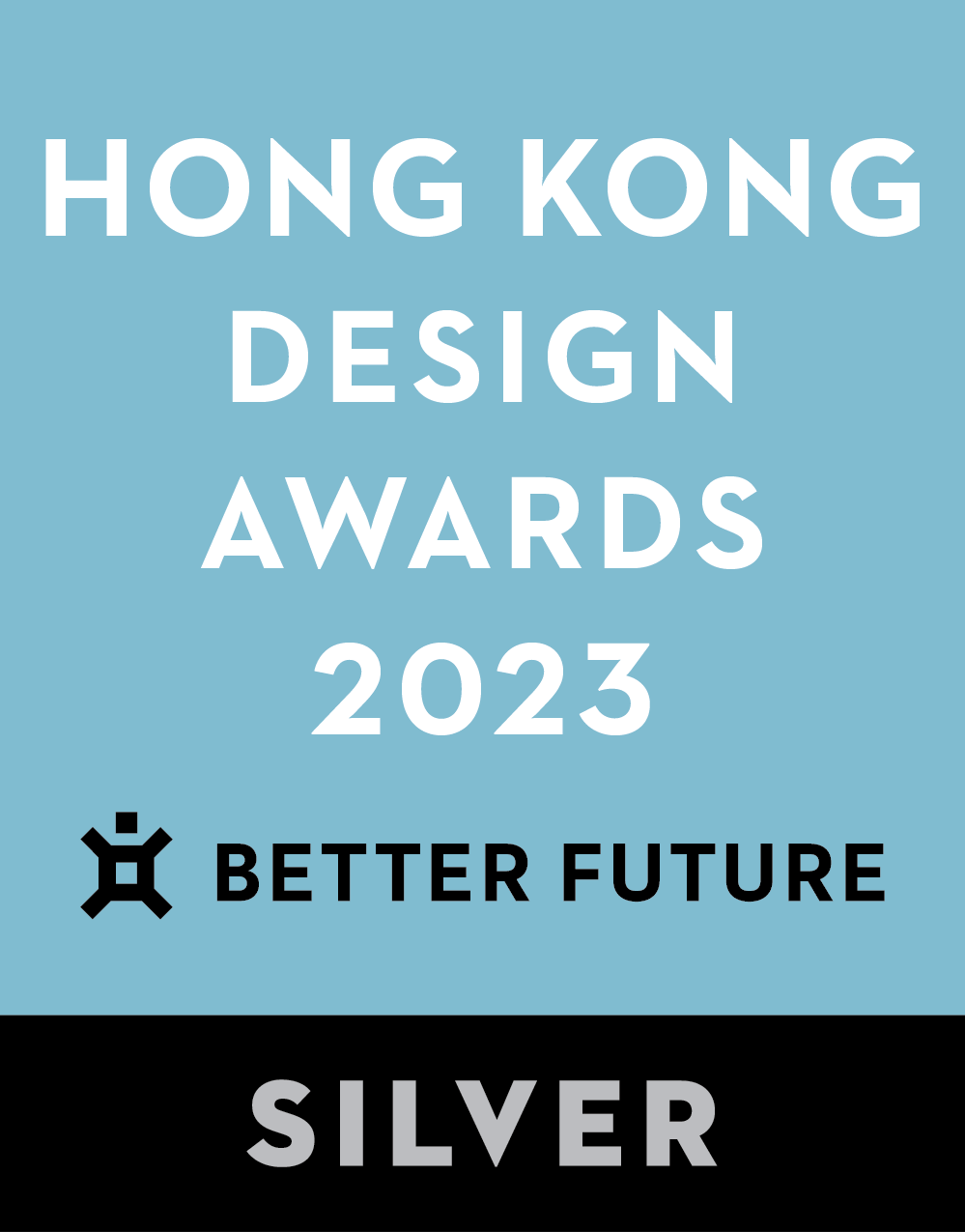Key Dates








Image Credit :

Project Commissioner
Project Creator
David Chipperfield Architects Shanghai
Project Overview
K11-HACC is a cultural development located along the west coast of Shenzhen and commissioned by 2023 Pritzker Prize winner David Chipperfield Architects as the design architect.
The Shenzhen Taiziwan masterplan presents various uses characterized by stereo metric office towers, retail/ commercial podiums and water. Within this program grid lies three main elements that define the vision of the Taiziwan Bay development. The HACC acts as a connector and provides a unique museum experience. It is difficult to think of another museum that connects contemporary art with retail and shopping experience. Moreover, HACC is within a setting that creates a relaxed, informal and public environment within which the promenade and the art are enjoyed. A visit allows one to enter an environment that combines the formal setting of a museum and a friendly, casual atmosphere of public space, such as the shopping malls and the tree-lined gardens adjoining the promenade. The desire to integrate the K11 shopping malls with art facilities will elevate the vision of 'a neighbourhood for art'.
Team
Local Design Institute: CCDI
Project Brief
Inspired by the master plan, the Intention to make a public place instead of a singular building is the starting point of the concept. Therefore, HACC is primarily conceived as the continuation of the promenade and a connector to the neighbourhood that hopes to connect the city with the waterfront and promote an environmentally conscious lifestyle.
The program includes a mixture of retail shops, restaurants, café, art exhibitions and event space distributed in three solid individual building volumes, and the open space in between these volumes becomes the lobby and public area on each level. The lobby can be accessed from four different directions on the ground floor. The east and west entrances are the main pedestrian entrances; each faces an outdoor square, connecting people walking from the promenade and the metro station. The ground floor of individual volumes accommodates retail and F&B shops. And a white box and a black box are stacked on the upper floors of the volume on the east.
Project Innovation/Need
By introducing an elevated promenade, HACC also allows pedestrian access on the second level and further connects the coast with the adjacent shopping mall. The architectural language of the elevated promenade extends to the rest of the public space, creating canopies for entrances and roof terraces. The outdoor space on the ground and upper levels are rich in landscape elements and art sculpture, together with a dedicated area for spill-out from interior shops and event space, it creates an informal, casual and active public place.
The solid volumes are clad with coated aluminium panels with punctual glass openings. The aluminium panels on each floor are folded in different modules of width. The module is smaller on the ground floor, with more glazing openings for smaller shops, and the size relates to the human scale. The module increases towards the upper floors, where there are fewer openings for large shops, exhibition and event space, and the module size works more with the scale of the entire volume. The façade for lobbies between the solid volume is made of floor-to-ceiling glazing to improve the visibility and accessibility in this area. The façade and ceiling of the elevated promenade are finished with off-white and textured plaster; its seemless surface articulates its continuity.
Design Challenge
One of the architectural challenges is to continue the exterior finish materials into the interior, to clarify the volumetric relationship between the solid volumes and lobby from the interior.
The materiality of the external wall, ceiling and floor extends into the interior of the lobby to blur the boundary between interior and exterior. However, the expansion is adjusted in respect of the scale and construction of interior space: the module of folded aluminium panels on the wall becomes smaller; the floor and ceiling become smoother and more monolithic.
The adjustment also makes integrating service appliances, signage, and lighting fixtures easier with interior finishes. The lobbies on different levels are connected with escalators and staircases through shifting and intersected voids on the floor slabs. On top of the voids, a skylight is introduced to naturally light the space and create an atrium for breaks and activities.
Sustainability
The project is dedicated to promoting a sustainable, circular lifestyle and integrating the concept of environmental protection through the power of creativity, culture, and innovation, with a vision to become the new harbourfront cultural retail destination and circular economy trailblazer in the Greater Bay Area.
Featuring 48 plant species, K11 ECOAST fully incorporates green and healthy building concepts into its design, from renewable energy to recyclable materials. Additionally, by adopting the “Sponge City” concept for sustainable stormwater management, it is also expected to alleviate pressure on the city’s existing drainage system and enable water reuse on-site. So far, K11 ECOAST-K11 HACC has been granted LEED Platinum pre-certified, WELL GOLD pre-certified and SITES GOLD ratings.
Architecture - Proposed
This award celebrates the design process and product of planning, designing and constructing form, space and ambience that reflect functional, technical, social, and aesthetic considerations. Consideration given for material selection, technology, light and shadow. The project can be a concept, tender or personal project, i.e. proposed space.
More Details

